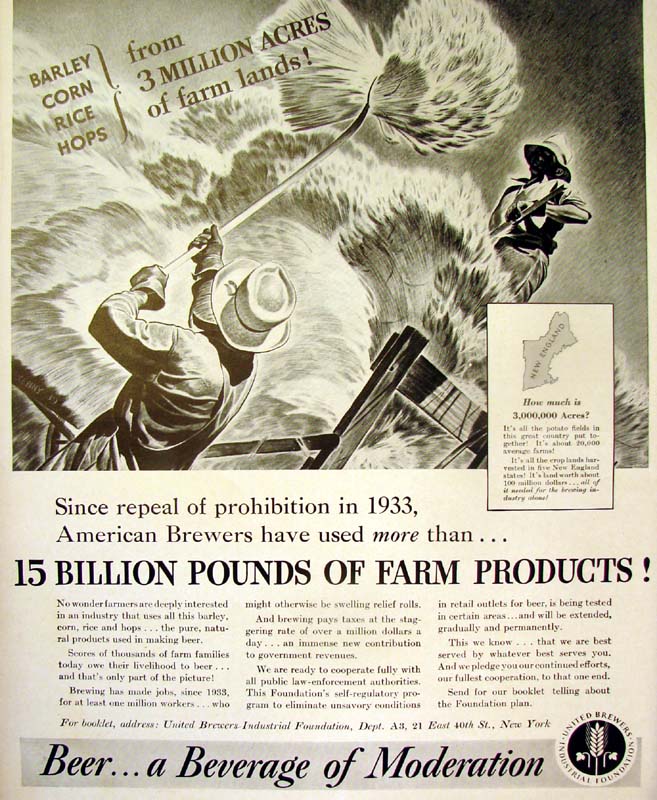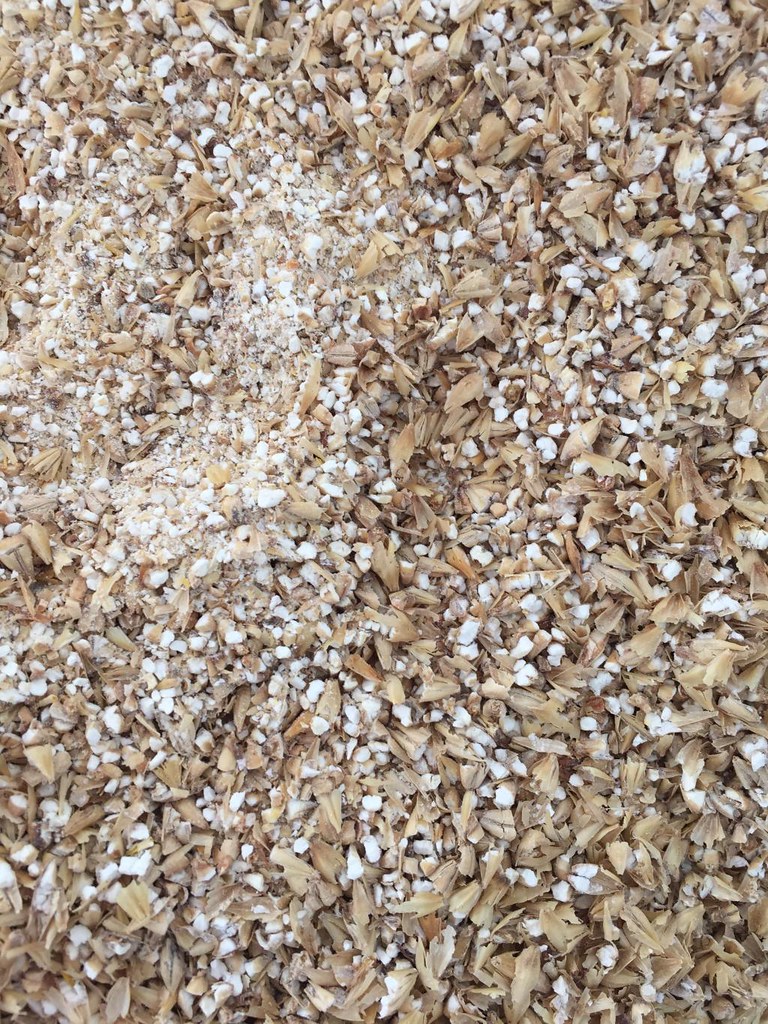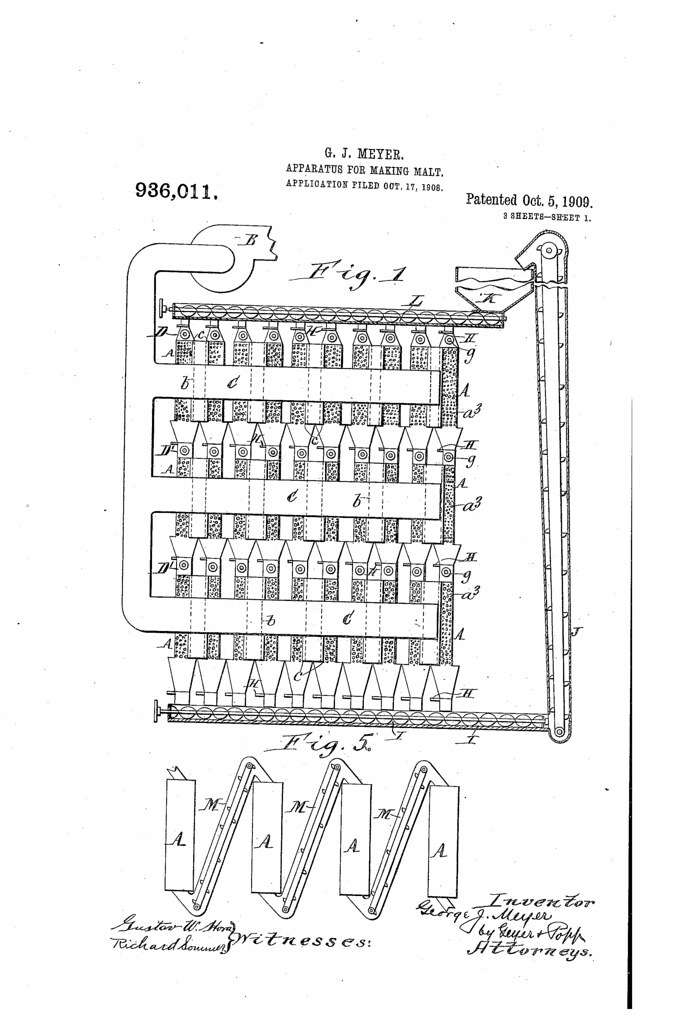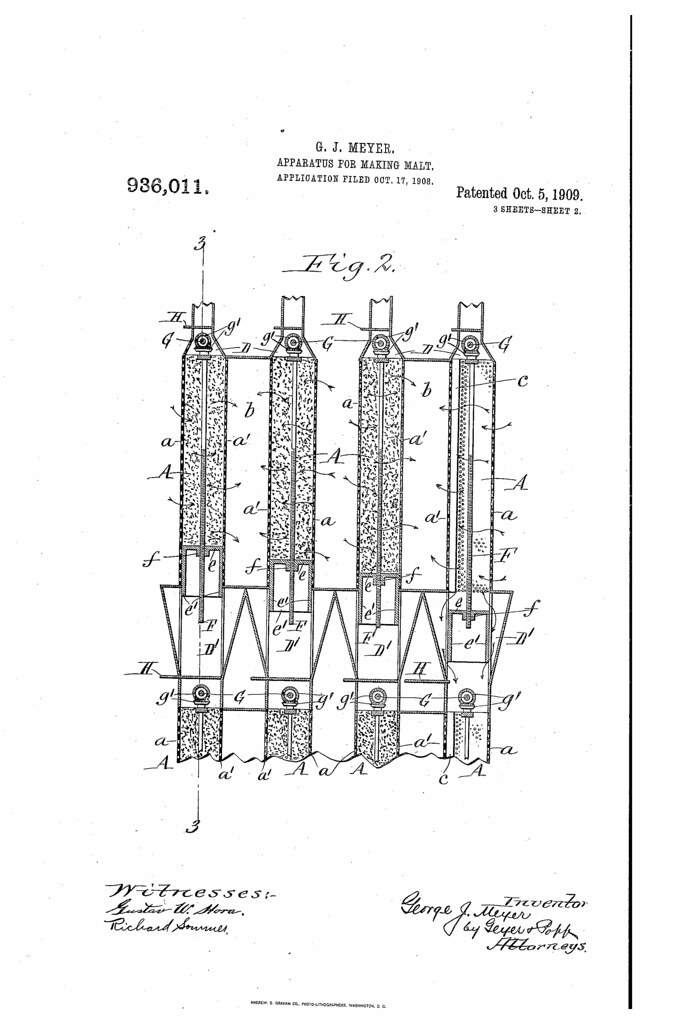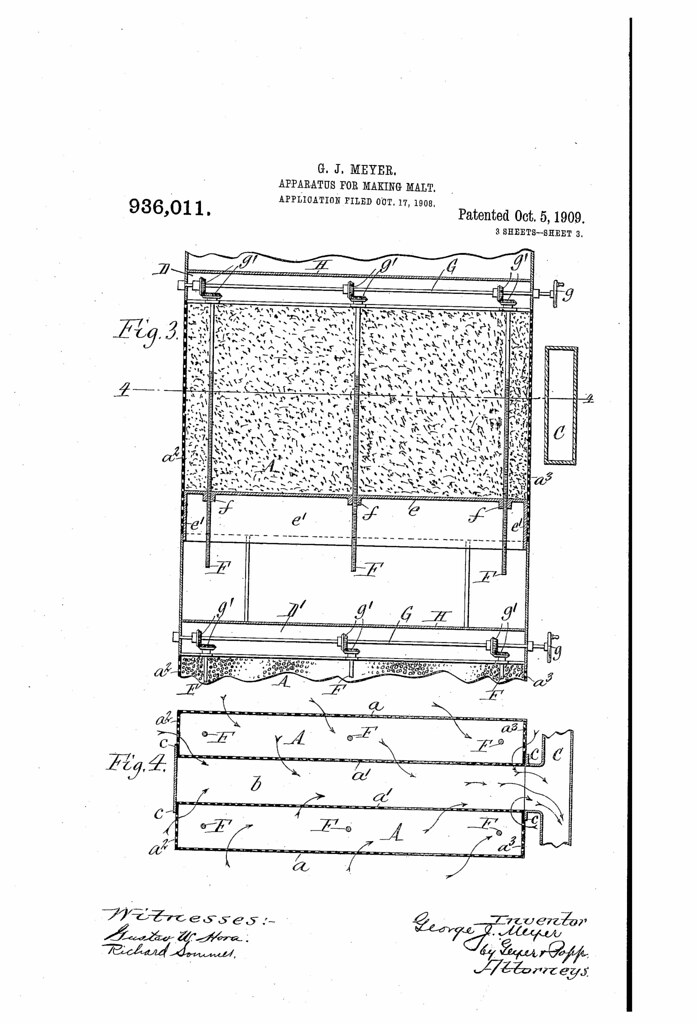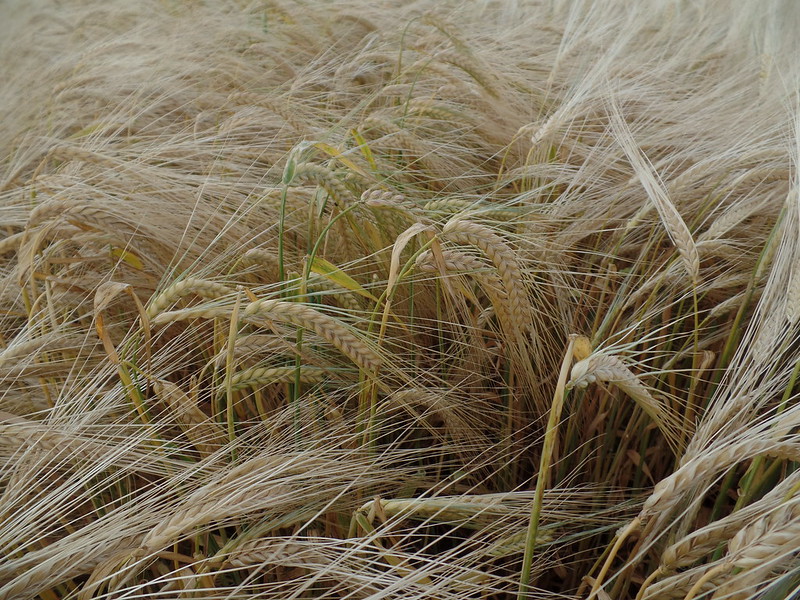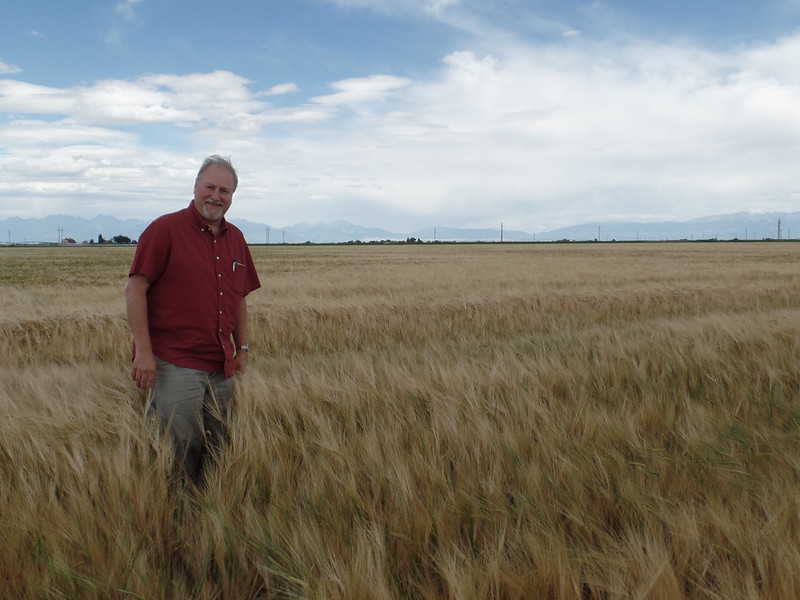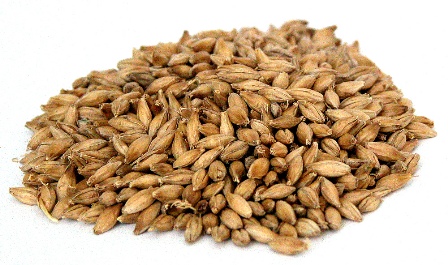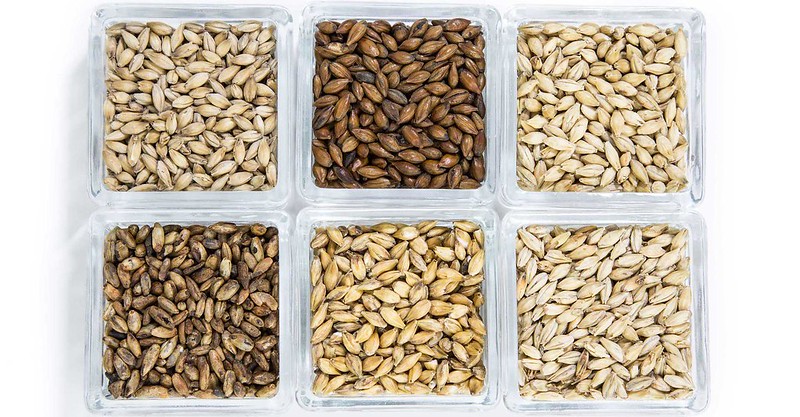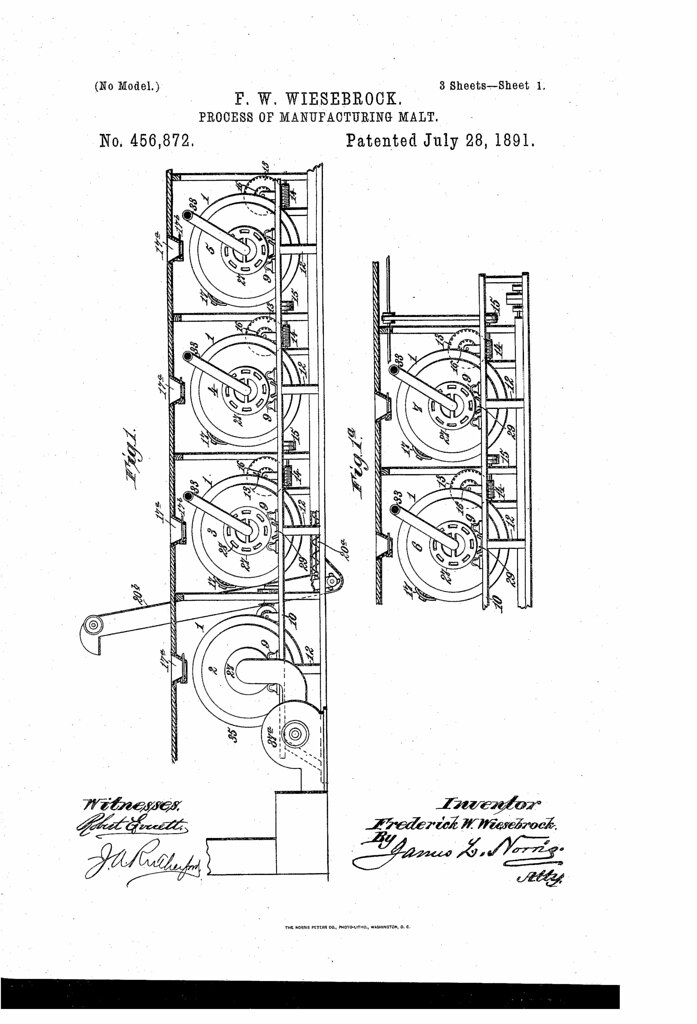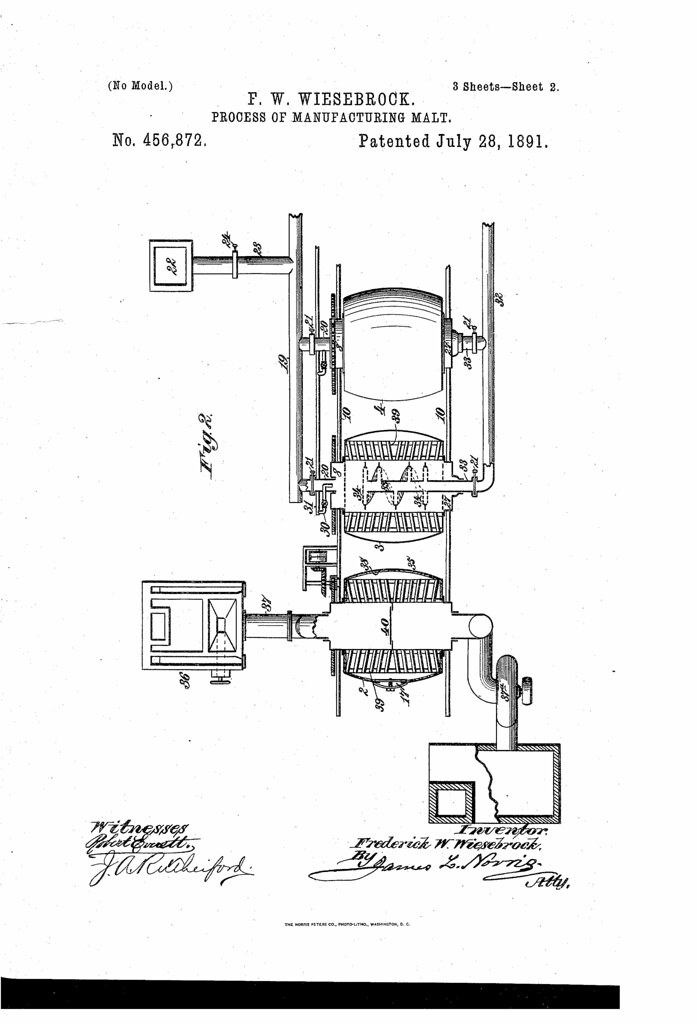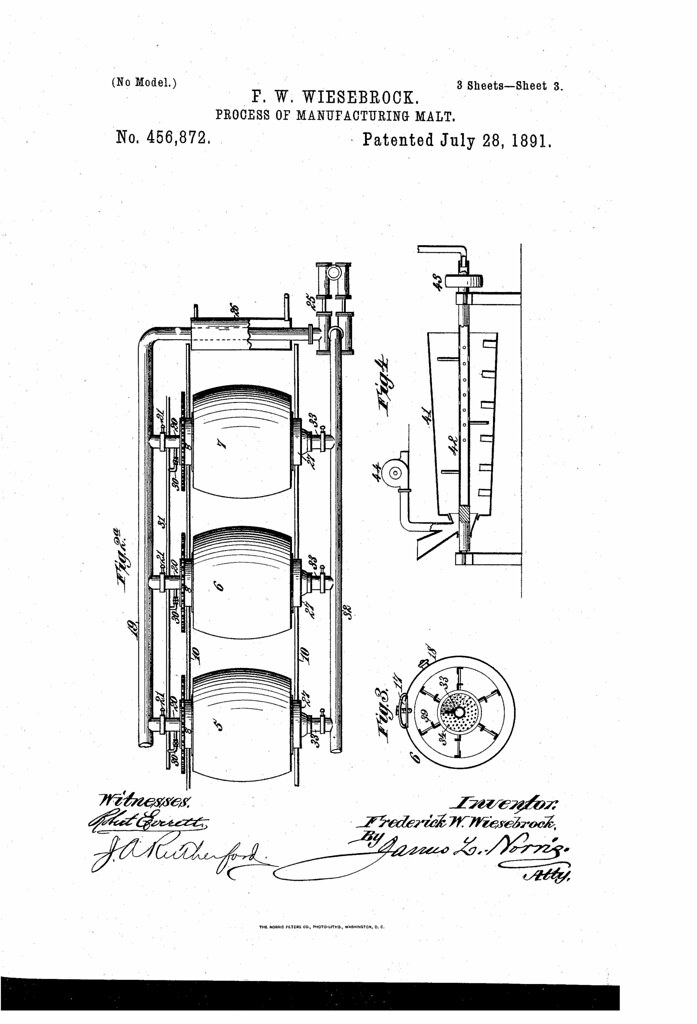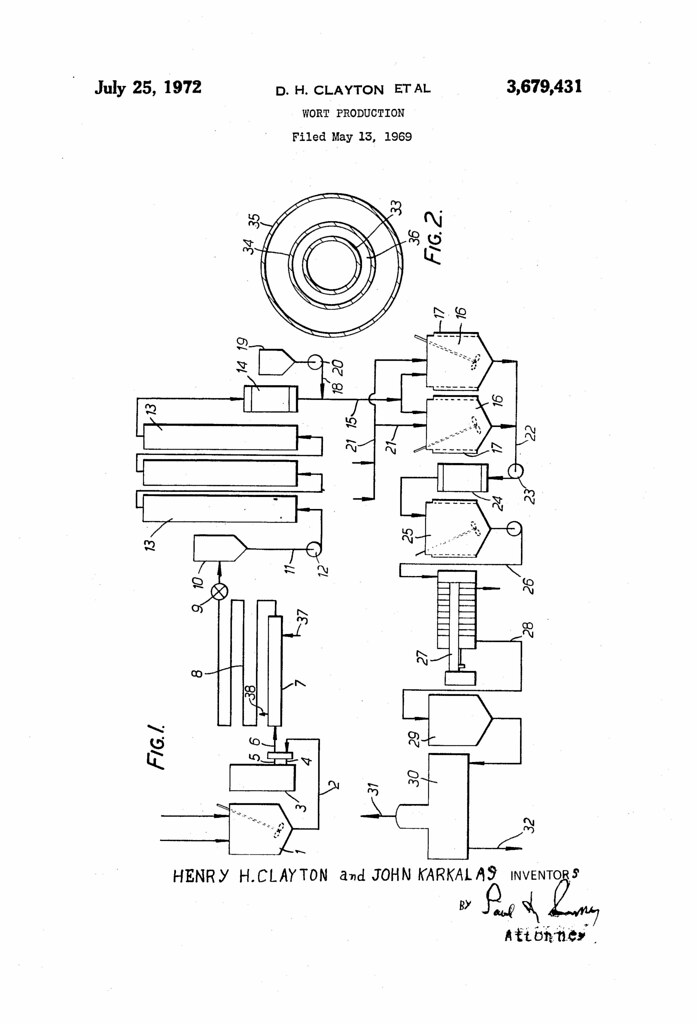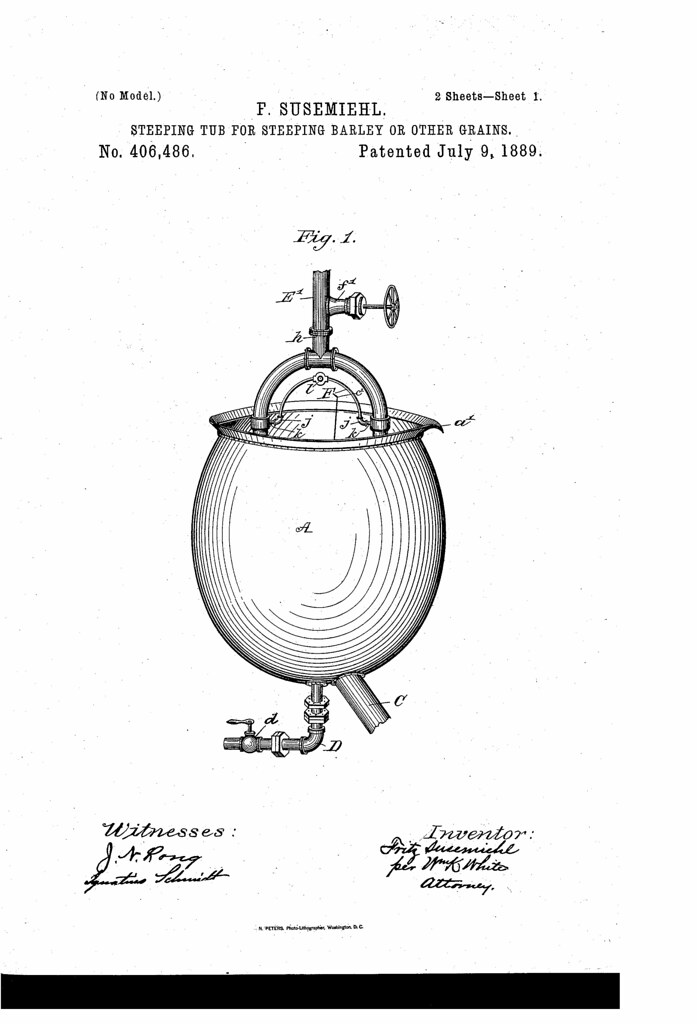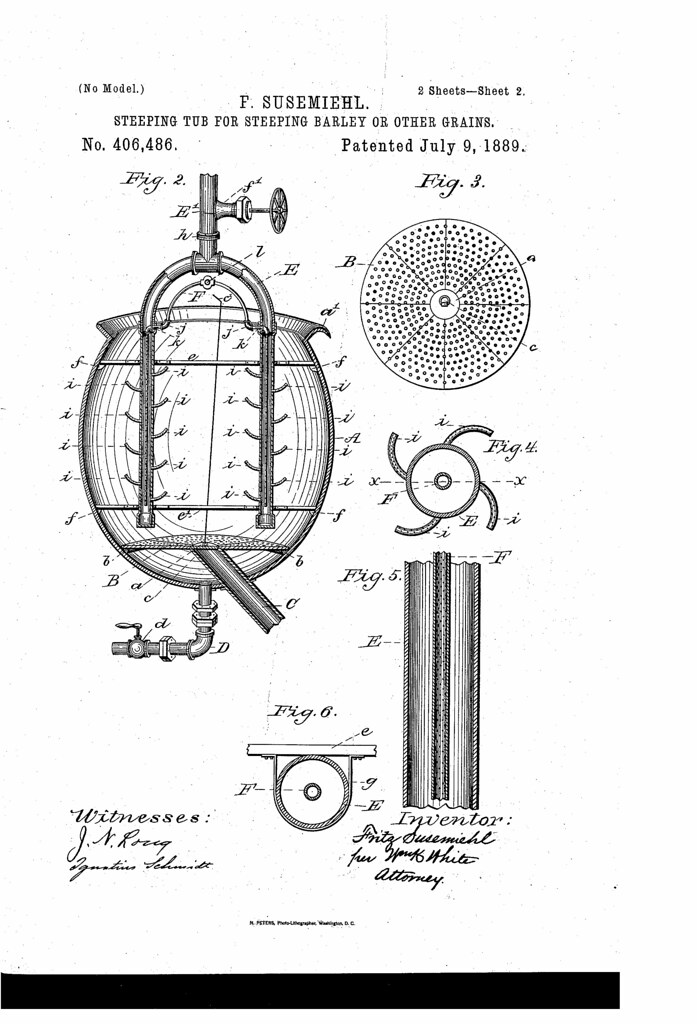
Sunday’s ad is for “Coors Beer,” from 1936. This ad was made for the Coors Brewing Co., who did not do as much advertising as their competitors. In part, this was because they were not sold nationwide until the 1980s. This one features the tagline “Deliciously Different,” which is “because Brewed with Coors own Private Brand Malt.” And that is still true, as I visited the valley in southwest Colorado where there are several large family farms growing barley for Coors. It was impressive. Is is noticeably different in the flavor? Doubtful.



